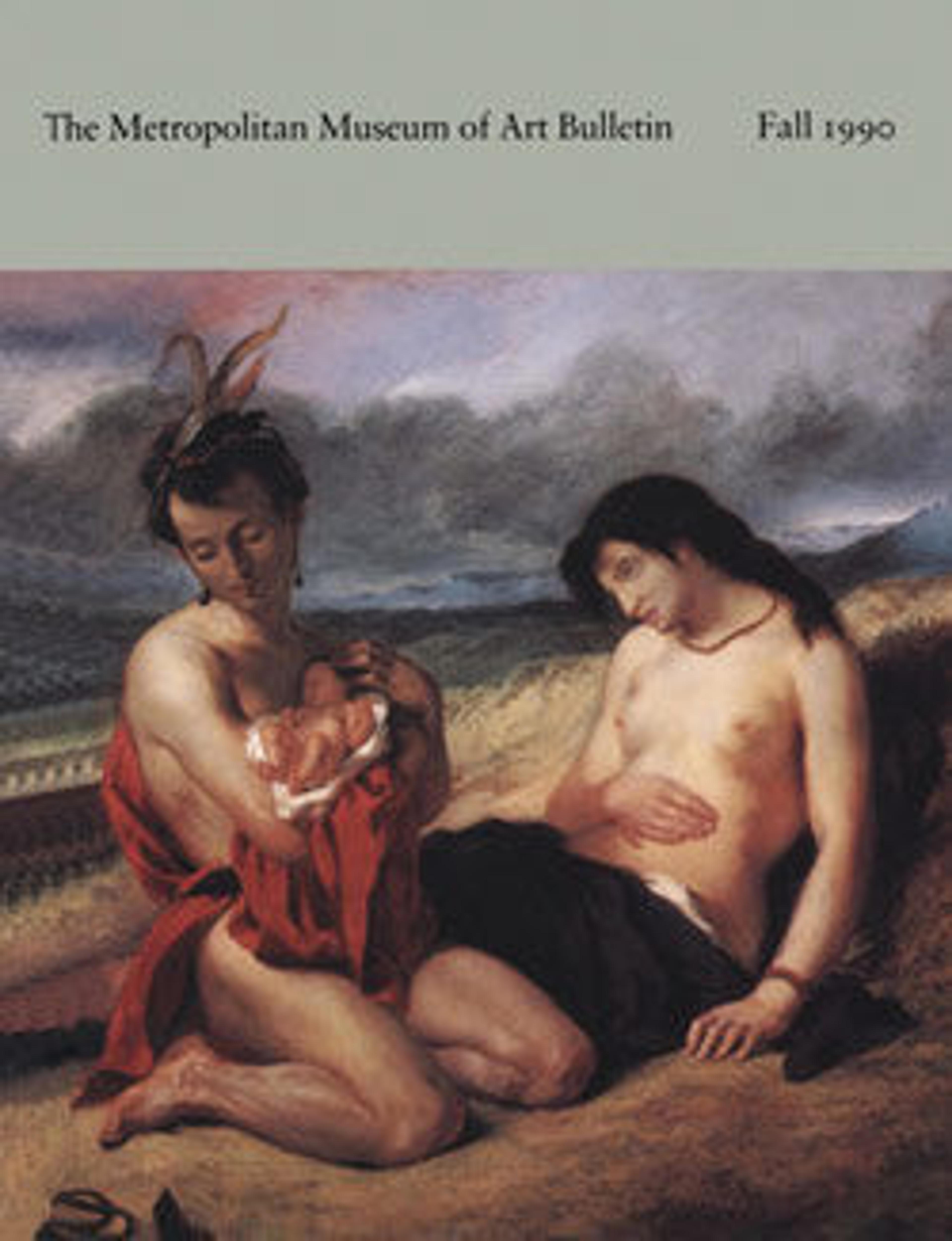Hunchbacked Figure
The many representations of hunchbacks have led to the suggestion hunchbacks people held positions of importance in the ancient Mesoamerican world. Beginning with Olmec peoples, these individuals were thought to possess special abilities due to their physical anomalies. The hand-modeled, white-slipped surface of this Olmec figurine is painted with brown pigment delineating both realistic and symbolic features on the face and chest. The naturalistically rendered face, with its almond-shaped eyes, broad nose, and thick lips, is similar in type to that exhibited by Olmec colossal basalt heads. This realism, combined with the figure's relaxed body posture, makes him seem lifelike despite his small size. The figurine may have been a personal possession, perhaps belonging to a ruler or one who desired to keep the supernatural powers of a hunchback close at hand. Later representations of hunchbacks depict them as members of royal courts where they may have been due to the ruler's desire to commune with the supernatural realm to which the hunchbacks were thought to have access.
Artwork Details
- Title:Hunchbacked Figure
- Date:12th–9th century BCE
- Geography:Mexico, Mesoamerica
- Culture:Olmec
- Medium:Ceramic, pigment
- Dimensions:H. 2 5/8 x W. 2 1/4in. (6.7 x 5.7cm)
- Classification:Ceramics-Sculpture
- Credit Line:Gift of Carolyn C. and Dan C. Williams, 1989
- Object Number:1989.392
- Curatorial Department: The Michael C. Rockefeller Wing
More Artwork
Research Resources
The Met provides unparalleled resources for research and welcomes an international community of students and scholars. The Met's Open Access API is where creators and researchers can connect to the The Met collection. Open Access data and public domain images are available for unrestricted commercial and noncommercial use without permission or fee.
To request images under copyright and other restrictions, please use this Image Request form.
Feedback
We continue to research and examine historical and cultural context for objects in The Met collection. If you have comments or questions about this object record, please contact us using the form below. The Museum looks forward to receiving your comments.
